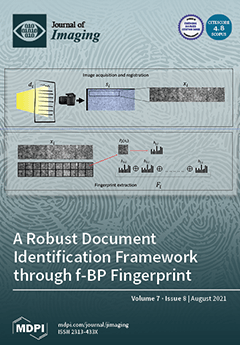Open AccessArticle
A Virtual Reality System for Improved Image-Based Planning of Complex Cardiac Procedures
by
Shujie Deng, Gavin Wheeler, Nicolas Toussaint, Lindsay Munroe, Suryava Bhattacharya, Gina Sajith, Ei Lin, Eeshar Singh, Ka Yee Kelly Chu, Saleha Kabir, Kuberan Pushparajah, John M. Simpson, Julia A. Schnabel and Alberto Gomez
Cited by 9 | Viewed by 3150
Abstract
The intricate nature of congenital heart disease requires understanding of the complex, patient-specific three-dimensional dynamic anatomy of the heart, from imaging data such as three-dimensional echocardiography for successful outcomes from surgical and interventional procedures. Conventional clinical systems use flat screens, and therefore, display
[...] Read more.
The intricate nature of congenital heart disease requires understanding of the complex, patient-specific three-dimensional dynamic anatomy of the heart, from imaging data such as three-dimensional echocardiography for successful outcomes from surgical and interventional procedures. Conventional clinical systems use flat screens, and therefore, display remains two-dimensional, which undermines the full understanding of the three-dimensional dynamic data. Additionally, the control of three-dimensional visualisation with two-dimensional tools is often difficult, so used only by imaging specialists. In this paper, we describe a virtual reality system for immersive surgery planning using dynamic three-dimensional echocardiography, which enables fast prototyping for visualisation such as volume rendering, multiplanar reformatting, flow visualisation and advanced interaction such as three-dimensional cropping, windowing, measurement, haptic feedback, automatic image orientation and multiuser interactions. The available features were evaluated by imaging and nonimaging clinicians, showing that the virtual reality system can help improve the understanding and communication of three-dimensional echocardiography imaging and potentially benefit congenital heart disease treatment.
Full article
►▼
Show Figures






